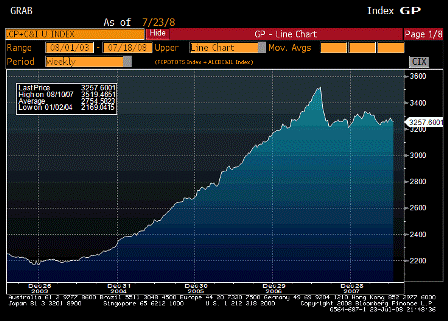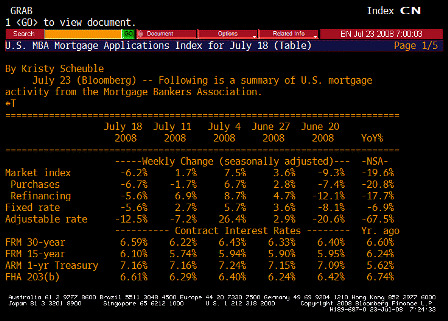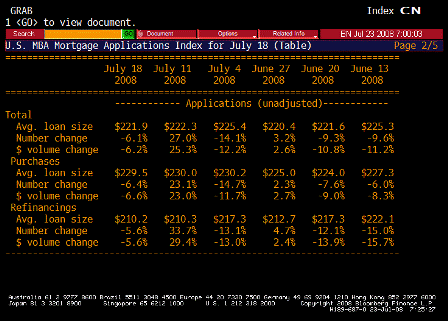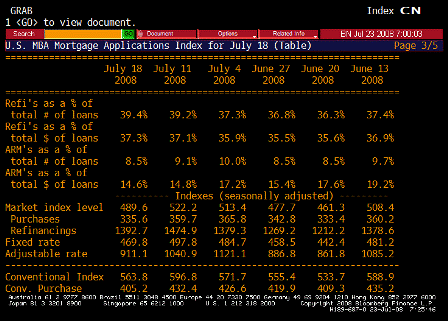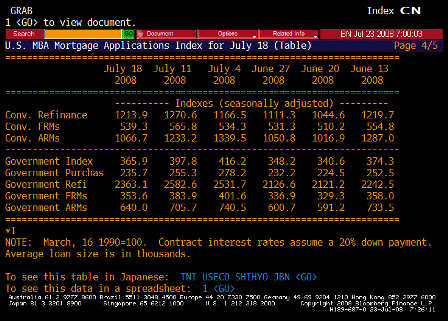
Full Employment Abandoned
Shifting Sands and Policy Failures
by William Mitchell, Professor of Economics, Centre of Full Employment and Equity, University of Newcastle, Australia and Joan Muysken, Professor of Economics, CofFEE-Europe, University of Maastricht, The Netherlands
My review:
There are only 2 books that I know of that are ‘in paradigm’ and the other is Wray’s ‘Understanding Modern Money’ which I also highly recommend.
This new book by Bill Mitchell is also solidly ‘in paradigm’ and for those of you not all that interested in the details of unemployment per se I suggest beginning with ‘Part III’ which does an outstanding job of outlining the imperatives of non convertible currency which will serve you well in analyzing today’s markets. From monetary operations to fiscal measures, the mainstream economists and media continue to get it wrong. Bill lays down the fundamentals that can help you understand where the mainstream goes astray, and hopefully translate into you getting it right.
Regarding unemployment (aka the ‘output gap’ by today’s central bankers), it is readily acknowledge that inflation isn’t all that sensitive to changes in unemployment. In their words, “The good news is that the Phillips curve is flat. And the bad news is that the Phillips curve is flat.” The essence of what Bill proposes is that an employed labor bufferstock is a far superior price anchor than today’s labor bufferstock of unemployed. And this is one of those things that seems obvious and indeed is absolutely correct, yet entirely overlooked as a policy option.
So click and order a copy or two, jump to Part III, and then start at the beginning to get a leg up on where we are, how we got here, and what policy options are open- particularly a form of full employment that further supports output, growth, and price stability.
Then pass it around your office and send copies to your favorite members of Congress, thanks!
Order now: http://www.e-elgar.co.uk/Bookentry_Main.lasso?id=1188
Warren Mosler
[top][end]
Publisher’s Spiel:
“This book by William Mitchell and Joan Muysken is both important and timely. It deals with the issue of the abandonment of full employment as an objective of economic policy in the OECD countries. It argues persuasively that macroeconomic policy has been restrictive over the recent, and not so recent past, and has produced substantial open and disguised unemployment. But the authors show how a job guarantee policy can enable workers, who would otherwise be unemployed, to earn a wage and not depend on welfare support. If such a policy is fully supported by appropriate fiscal and monetary programmes, it can create a full employment with price stability, and which the authors label as a
Non-Accelerating-Inflation-Buffer Employment Ratio (NAIBER). This book is essential reading for any one wishing to understand how we can return to full employment as the normal state of affairs.”
-Philip Arestis, University of Cambridge, UK
Contents:
Part I: Full Employment: Changing Views and Policies
- The Full Employment Framework and its Demise
- Early Views on Unemployment and the Phillips Curve
- The Phillips Curve and Shifting Views on Unemployment
- The Troublesome NAIRU: The Hoax that Undermined Full Employment
Part II: Full Employment Abandoned: Shifting Sands and Policy Failures
- The Shift to Full Employability
- Inflation First: The New Mantra of Macroeconomics
- The Neglected Role of Aggregate Demand
Part III: The Urgency of Full Employment: Foundations for an Active Policy
- A Monetary Framework for Fiscal Policy Activism
- Buffer Stocks and Price Stability
- Conclusion: The Urgency of Full Employment References Index
[top]

